Microsoft release Optional Cumulative Updates for Windows 10 (changelog)
10 min. read
Updated on
Read our disclosure page to find out how can you help MSPoweruser sustain the editorial team Read more
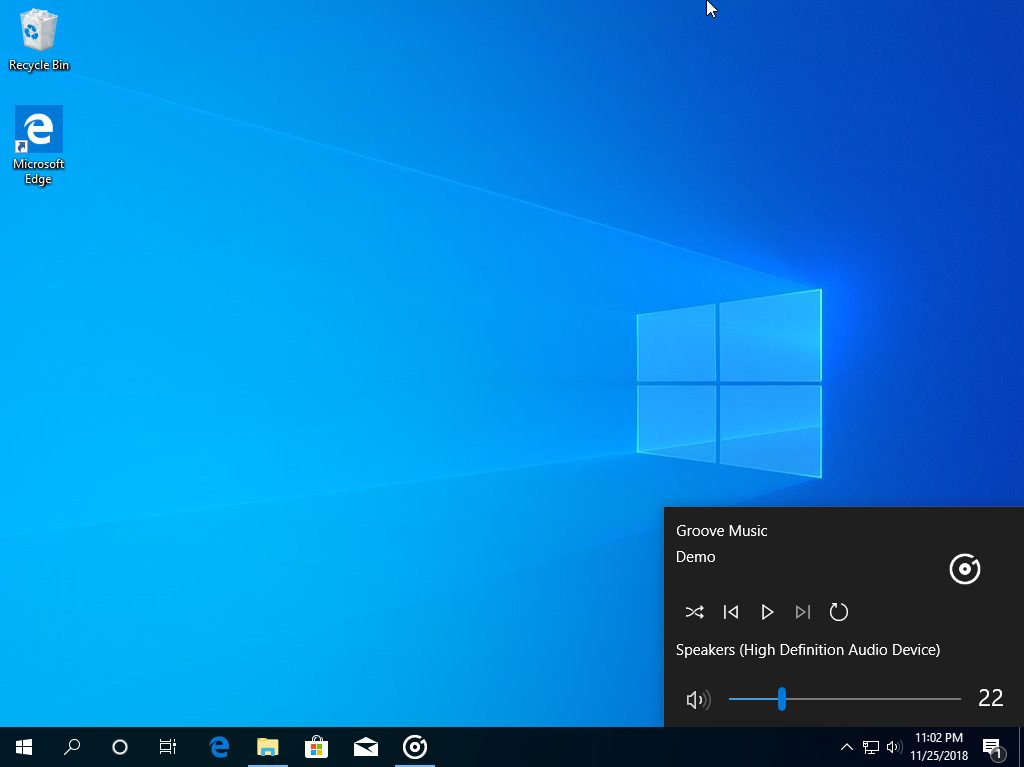
Today, Microsoft released new cumulative updates for Windows 10 versions 1909, 1903, and 1809.
[lwptoc title=”Windows 10 Cumulative Update” width=”50%” float=”right”]
Windows 10 version 1909 or 1903
For those on Windows 10 version 1909 or 1903, Microsoft is offering KB4559004, taking the OS to build 18363.997 or 18362.997, respectively.
The update comes with the following highlights:
- Updates an issue that might cause the Magnifier to stop working in Microsoft Excel in certain scenarios. As a result, Microsoft Excel might also stop working.
- Updates File Explorer to allow you to delete previous terms from the search box.
- Updates an issue that causes File Explorer to stop working when you browse directories of raw images and other file types.
- Updates an issue that prevents the system from recognizing the Windows Hello face camera.
- Updates an issue that might prevent a Windows 10 device from reaching the internet when using a wireless wide area network (WWAN) LTE modem.
- Updates an issue that prevents family safety features, such as time limits and activity reporting, from working on ARM64 devices.
The full list of fixes include:
- Addresses an issue that prevents you from using sharing functionality in Microsoft Office. This occurs when Conditional Access is enabled.
- Addresses an issue in Microsoft Edge IE mode that occurs when you open multiple documents from a SharePoint site.
- Addresses an issue in Microsoft Edge IE mode that occurs when you browse using anchor links.
- Addresses an issue that causes provisioning for the Universal Windows Platform (UWP) to fail in certain scenarios when using Deployment Image Servicing and Management (DISM).
- Addresses an issue that prevents you from opening documents in SharePoint in certain scenarios.
- Addresses an issue that might cause the Magnifier to stop working in Microsoft Excel in certain scenarios. As a result, Microsoft Excel might also stop working.
- Addresses an issue with Start menu apps and tiles in virtual desktop infrastructure (VDI) environments. The occurs after you sign in a second time and are using a Remote Desktop User profile Disk in a non-persistent virtual desktop pool.
- Addresses an issue that prevents you from installing some .msi apps. This occurs when a device is managed by a Group Policy that redirects the AppData folder to a network folder.
- Addresses an issue that might cause apps that use the custom text wrapping function to stop working in certain scenarios.
- Addresses an issue that might increase the number of handles when using Microsoft Outlook.
- Addresses an issue that causes new child windows to flicker and appear as white squares on server devices that are configured for stark visual contrast.
- Addresses an issue that incorrectly calculates long path addresses that have Unicode characters outside of the current system.
- Updates File Explorer to allow you to delete previous terms from the search box.
- Addresses an issue that causes File Explorer to stop working when you browse directories of raw images and other file types.
- Addresses an issue that prevents the migration of the Windows Remote Management (WinRM) service startup type.
- Addresses an issue that prevents internet of things (IoT) devices from activating after installing an earlier cumulative update.
- Addresses an issue that prevents family safety features, such as time limits and activity reporting, from working on ARM64 devices.
- Addresses an issue that continues to display the previous username hint in the smart card sign in box after a different user has used the machine with domain credentials.
- Addresses an issue that causes an upgrade from Windows 10, version 1903 or Windows 10, version 1909 to fail. This occurs when a system is joined to Azure Active Directory and BitLocker is configured for a PIN protector.
- Addresses an issue that causes lsass.exe to stop working on a terminal server when you enable Remote Credential Guard. The exception code is 0xc0000374.
- Addresses an issue that prevents the system from recognizing the Windows Hello face camera.
- Addresses an issue that prevents Microsoft Defender Advanced Threat Protection (ATP) from applying file exclusions in some cases, which leads to application compatibility issues.
- Addresses an issue that causes automatic investigations to fail in Microsoft Defender ATP.
- Improves Microsoft Defender ATP’s ability to identify malicious code injection activities.
- Addresses an issue that displays strange characters before the day, month, and year fields in the output from console commands.
- Updates dcpromo.exe to remove the “Network access: Restrict clients allowed to make remote calls to SAM” policy from member servers when they are promoted to domain controllers. This allows clients to make Security Accounts Manager (SAM) connections to these domain controllers.
- Addresses an issue that might cause Windows 10 devices that enable Credential Guard to fail authentication requests when they use the machine certificate.
- Addresses an issue that incorrectly reports Lightweight Directory Access Protocol (LDAP) sessions as unsecure sessions in Event ID 2889. This occurs when the LDAP session is authenticated and sealed with a Simple Authentication and Security Layer (SASL) method.
- Addresses an issue that might cause stop error 7E in nfssvr.sys on servers running the Network File System (NFS) service.
- Addresses an issue that causes built-in modern applications to stop working on devices configured to use mandatory or roaming user profiles. The error is 802b000a (E_XAMLPARSEFAILED).
- Addresses an issue that logs a Distributed Component Object Model (DCOM) error in the System event log when the Distributed File System (DFS) Replication service is started.
- Addresses an issue that might prevent a Windows 10 device from reaching the internet when using a wireless wide area network (WWAN) LTE modem. However, the Network Connectivity Status Indicator (NCSI) in the notification area might still indicate that you are connected to the internet.
- Addresses an issue that might cause the Microsoft Remote Assistance process (msra.exe) to stop working when a user is receiving assistance during a computer session. The error is 0xc0000005 or 0xc0000409.
- Addresses an issue that causes Server Message Block (SMB) to incorrectly use the original, cached non-Continuous Available handle to a file, which becomes invalid after a network error or storage failover. As a result, applications to fail with errors such as STATUS_UNEXPECTED_NETWORK_ERROR.
You can manually download it here,
Windows 10 1809
For those on Windows 10 version 1809, Microsoft is offering KB4559003, taking the OS to build number 17763.1369.
The update comes with the following highlights:
- Updates an issue that might cause the Magnifier to stop working in Microsoft Excel in certain scenarios. As a result, Microsoft Excel might also stop working.
The full list of fixes include:
- Addresses an issue in Microsoft Edge IE mode that occurs when you open multiple documents from a SharePoint site.
- Addresses an issue in Microsoft Edge IE mode that occurs when you browse using anchor links.
- Addresses an issue that might cause the Magnifier to stop working in Microsoft Excel in certain scenarios. As a result, Microsoft Excel might also stop working.
- Addresses an issue that might cause apps that use the custom text wrapping function to stop working in certain scenarios.
- Addresses an issue that prevents you from opening documents in SharePoint in certain scenarios.
- Addresses a reliability issue in dxgkrnl.sys that might cause stop error 0x50 PAGE_FAULT_IN_NONPAGED_AREA.
- Addresses an issue that might increase the number of handles when using Microsoft Outlook.
- Addresses an issue that causes an application to flicker or stop responding when sharing the application using Microsoft Teams.
- Addresses an issue that incorrectly calculates long path addresses that have Unicode characters outside of the current system.
- Addresses an issue that prevents Windows 8.1 apps from projecting to a secondary display when those apps use the StartProjectingAsync API.
- Addresses an issue that prevents Event Viewer from saving a full set of filtered events when you filter by the date.
- Addresses an issue that continues to display the previous username hint in the smart card sign in box after a different user has used the machine with domain credentials.
- Addresses an issue that causes lsass.exe to stop working on a terminal server when you enable Remote Credential Guard. The exception code is 0xc0000374.
- Addresses an issue that prevents Microsoft Defender Advanced Threat Protection (ATP) from applying file exclusions in some cases, which leads to application compatibility issues.
- Addresses an issue that causes automatic investigations to fail in Microsoft Defender ATP.
- Improves Microsoft Defender ATP’s ability to identify malicious code injection activities.
- Addresses an issue that causes the network controller (NC) host agent to incorrectly report that a virtual machine (VM) has moved.
- Addresses an issue that might cause a deadlock in the Wired AutoConfig (dot3svc) service.
- Addresses an issue that might prevent applications from running as expected on Active Directory Federation Services 2019 (AD FS 2019) clients. This occurs when applications use an iFrame during non-interactive authentication requests and receive X-Frame-Options set to DENY.
- Addresses an issue that incorrectly reports Lightweight Directory Access Protocol (LDAP) sessions as unsecure sessions in Event ID 2889. This occurs when the LDAP session is authenticated and sealed with a Simple Authentication and Security Layer (SASL) method.
- Updates the message users receive that tells them to check their phone for notifications from the Microsoft Authenticator application. This message only appears when authentication is done using the AD FS Azure Multi-Factor Authentication (MFA) adapter.
- Updates dcpromo.exe to remove the “Network access: Restrict clients allowed to make remote calls to SAM” policy on member servers when they are promoted to domain controllers. This allows clients to make Security Accounts Manager (SAM) connections to these domain controllers.
- Addresses an issue that might cause Windows 10 devices that enable Credential Guard to fail authentication requests when they use the machine certificate.
- Addresses an issue that might cause stop error 7E in nfssvr.sys on servers running the Network File System (NFS) service.
- Addresses an issue that discards the Remote Desktop Gateway Secure Sockets Layer (SSL) Bridging settings and resets them to the default.
- Addresses an issue that prevents you from updating the port number for HTTPS or the User Datagram Protocol (UDP) settings in the Remote Desktop Gateway Manager.
- Addresses an issue that occurs when a standalone Remote Desktop Session Host (RDSH) server allows multiple sessions per user. After disconnecting from a session, if you attempt to reconnect to the original session, the server creates a new session instead.
- Addresses an issue that causes the Windows Management Instrumentation (WMI) Provider Host (WmiPrvSE.exe) to leak registry key handles when querying Win32_RDCentralPublishedDeploymentSettings.
- Addresses an issue that logs a Distributed Component Object Model (DCOM) error in the System event log when the Distributed File System (DFS) Replication service is started.
- Addresses an issue that might cause the Microsoft Remote Assistance process (msra.exe) to stop working when a user is receiving assistance during a computer session. The error is 0xc0000005 or 0xc0000409.
- Addresses an issue that causes Server Message Block (SMB) to incorrectly use the original, cached non-Continuous Available handle to a file, which becomes invalid after a network error or storage failover. As a result, applications to fail with errors such as STATUS_UNEXPECTED_NETWORK_ERROR.
- Addresses an issue in SMB that causes Windows Server 2019 to stop working when using 100 GB network interface cards (NIC). This only applies to Storage Spaces Direct (S2D) and SMB Daemon (SMBD) scenarios.
The update comes with the following known issues:
| Symptom | Workaround |
|---|---|
| After installing KB4493509, devices with some Asian language packs installed may receive the error, “0x800f0982 – PSFX_E_ MATCHING_COMPONENT_ NOT_FOUND.” |
Note If reinstalling the language pack does not mitigate the issue, reset your PC as follows:
Microsoft is working on a resolution and will provide an update in an upcoming release. |
You can manually download it here.
The updates are optional and allows Microsoft and experienced users to test them out before next month’s Patch Tuesday when they will be pushed out automatically to Windows 10 users.
via Neowin
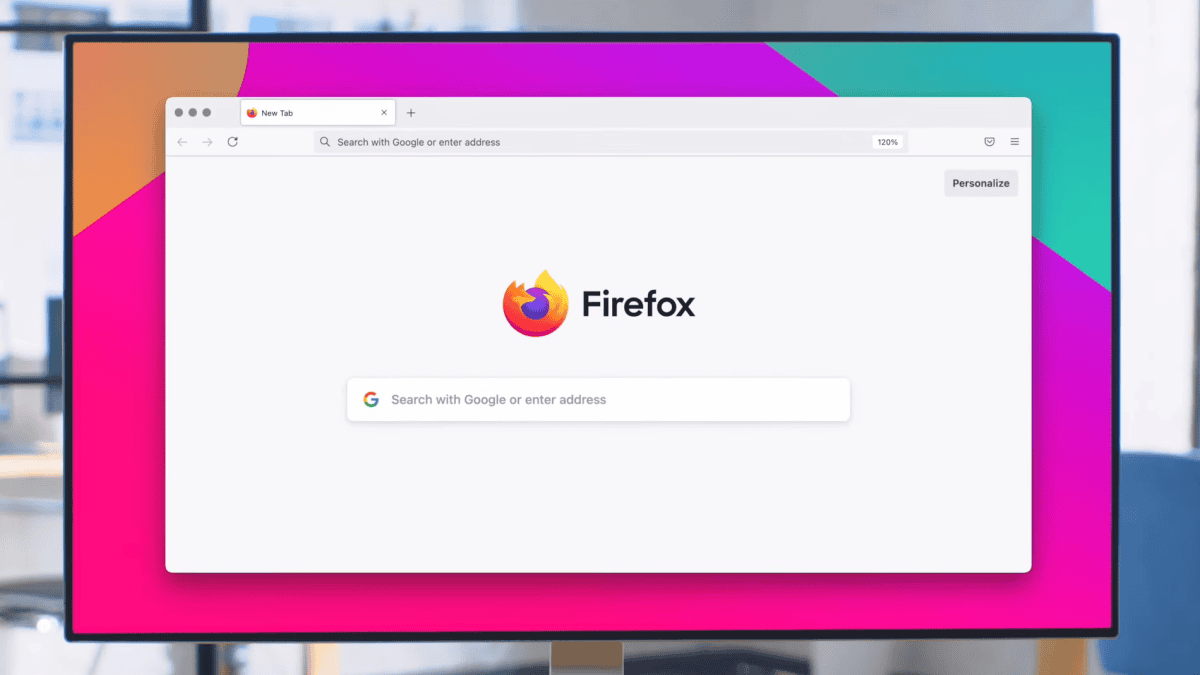
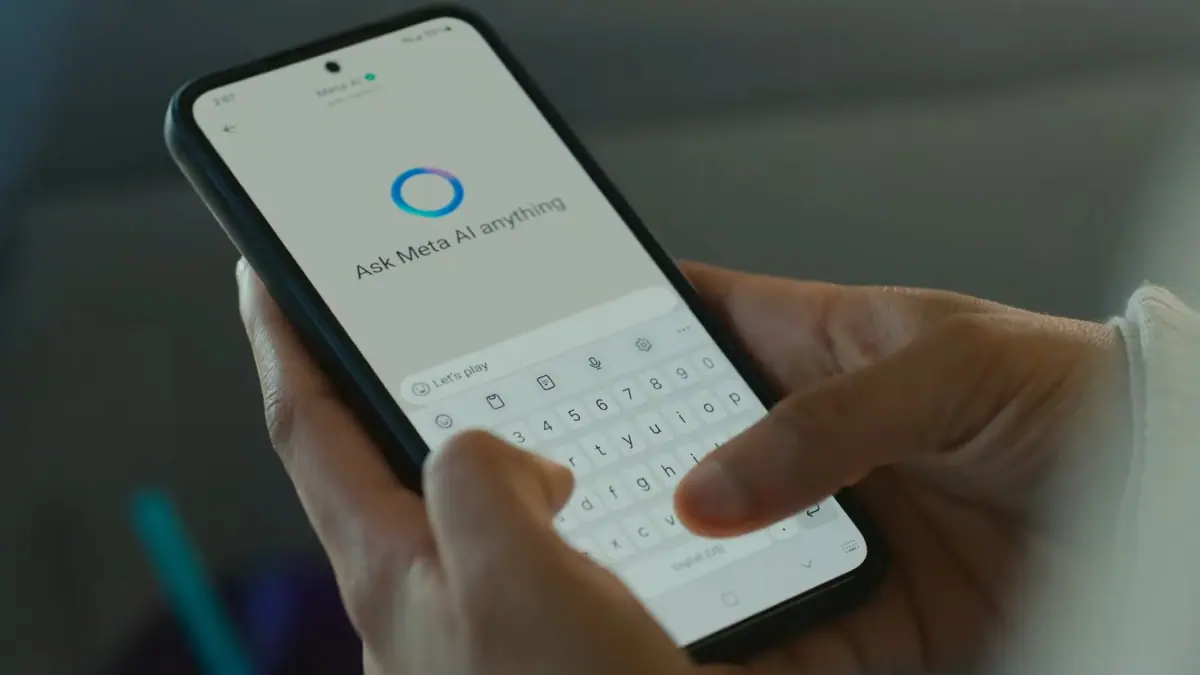

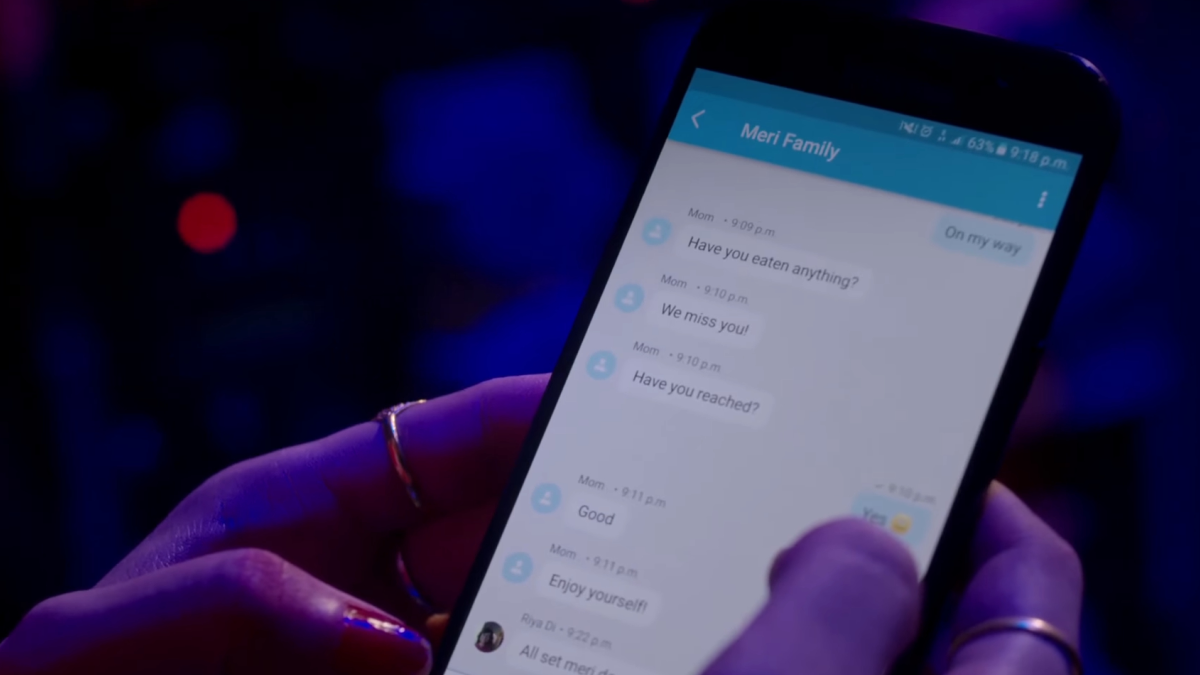



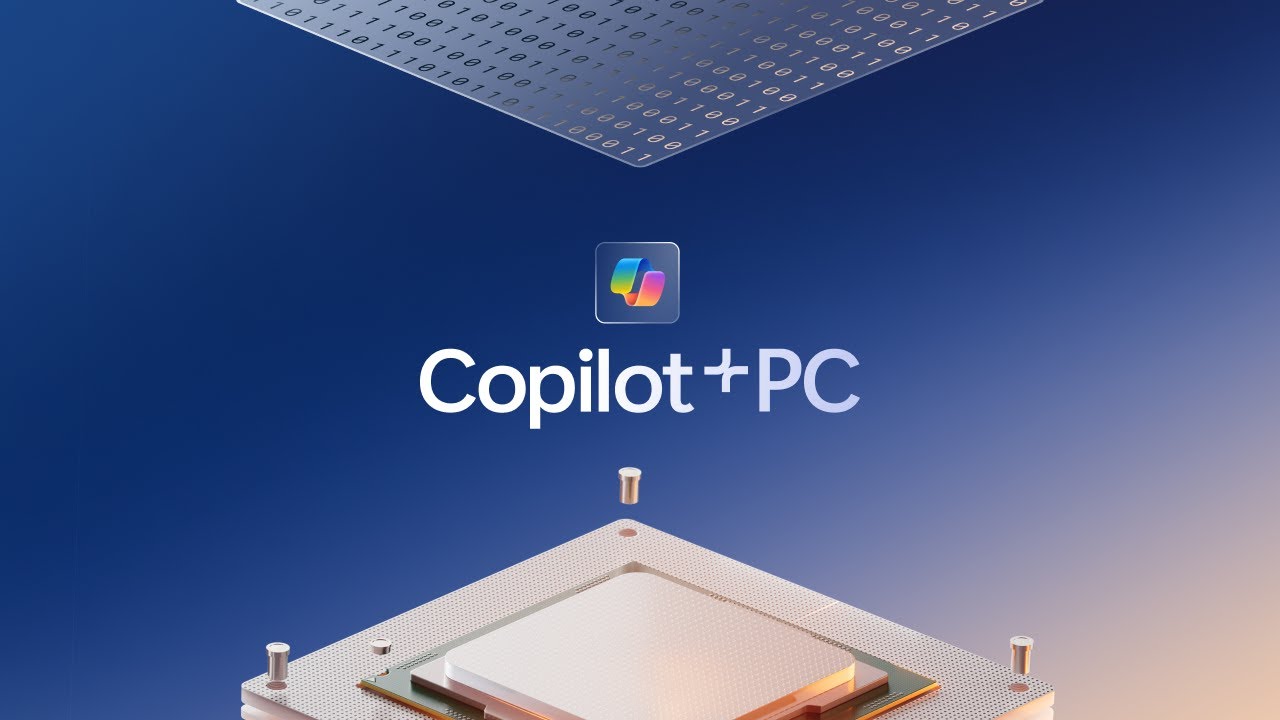
User forum
0 messages